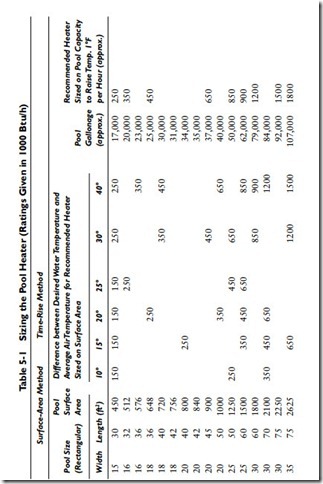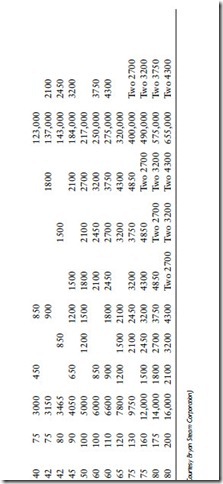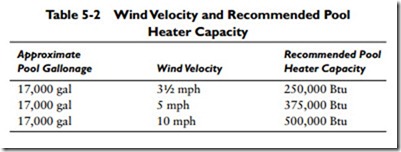Heat Pump Pool Heaters
A heat pump also can be used to heat the water in a swimming pool. A heat pump is a much more expensive piece of equipment than a conventional pool heater, but it is more energy efficient, requires less maintenance and repair, and has a longer service life.
Heat is generated when pressure is exerted by the compressor on a nonflammable, noncorrosive gas. The heat in the gas is transferred to water flowing through the heat exchanger. The warm water flows to the pool, and the cooled gas returns to the compressor where it is recompressed and reheated before repeating the cycle.
High-efficiency electric heat pump pool heaters are available with coefficients of performance (COPs) in the 6.0 to 8.0 range. Heat pumps not graded as high-efficiency units will produce a coefficient of performance of approximately 4.0.
Note
The coefficient of performance may be defined as the ratio of the transferred energy to the electric energy used in the process—in other words, the total useful output (heat energy in the case of a pool heater) divided by the total energy input used to produce the heat.
Sizing Pool Heaters
The two principal methods used for sizing pool heaters are as follows:
1. The surface-area method
2. The time-rise method
Table 5-1 contains all the necessary data for determining the required pool heater size with either method. The listed output rat- ings are for Bryan pool heaters.
The sizing data in Table 5-2 is based on heat loss from the surface of the heater with an assumed wind velocity of 31⁄2 mph. This
is the average wind velocity for a pool protected from direct wind exposure by trees, shrubs, fences, and buildings. An exposed pool will mean that the required pool heater capacity (that is, the input ratings listed in Table 5-1) must be increased. Generally it is recommended that the input rating be increased by 1.25 for a 5-mph wind velocity and 2.0 for a 10-mph wind velocity.


